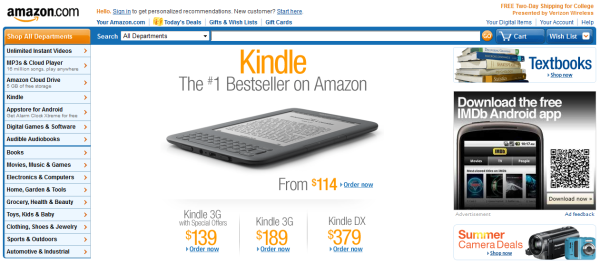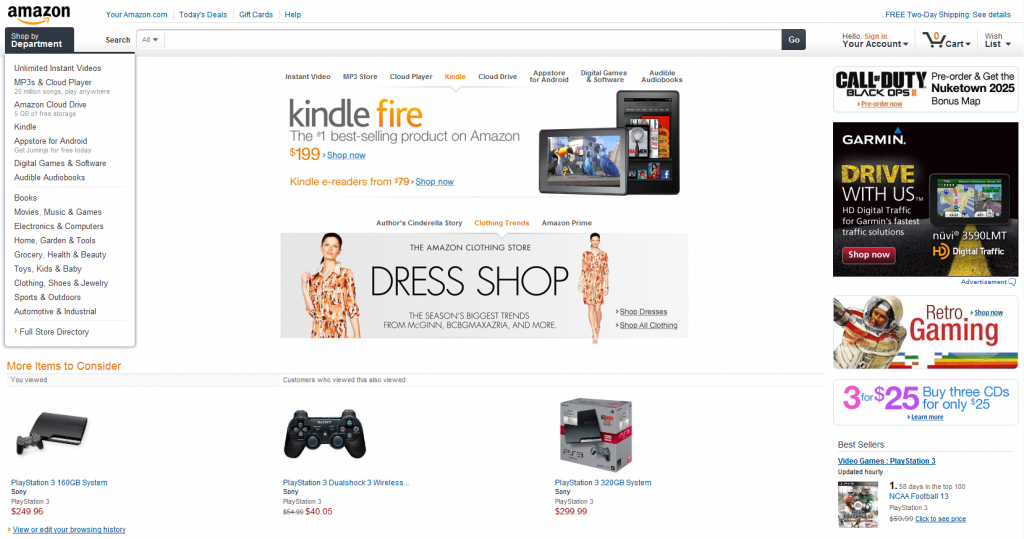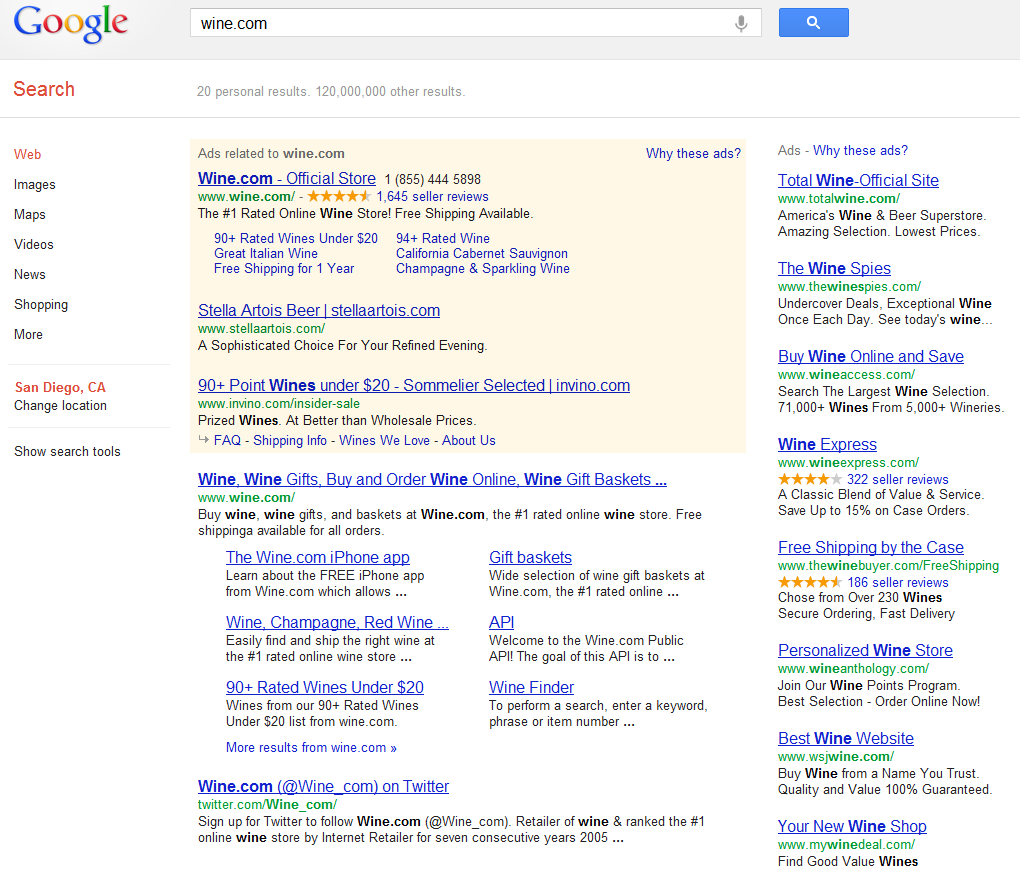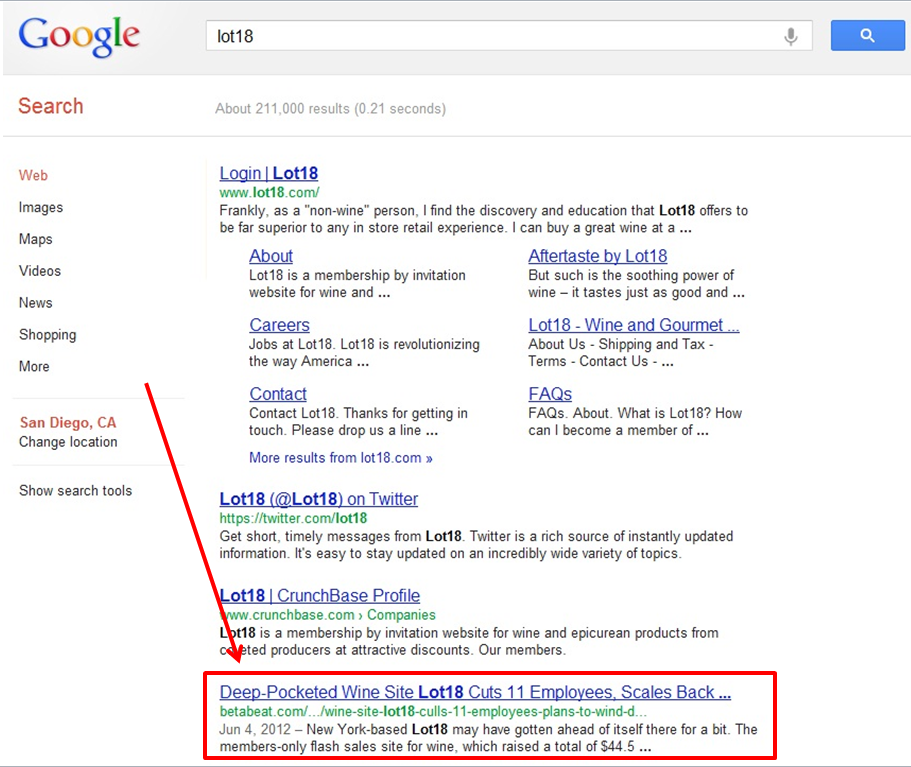Author: Jeff Un, Co-Founder of Fish Tank Media
Ad copy testing is extremely important for the success of a Paid Search campaign. Ad copy testing allows a company to better understand what engages and compels its visitors the most. Before we run through the process of ad copy testing let’s discuss the Best Practices for ad copy creation.
- Incorporate the ad group keyword theme
- Highlight unique value propositions (UVPs)
- Have a call to action
Ad copy testing should be conducted in four phases:
Phase 1 (Planning Phase): Define which metrics are the most important way to judge the success of the account. Is CTR, ROAS, conversion rate, top line revenue or a combination of these most important? Learning this will become your blueprint or roadmap for the rest of the campaign.
Before testing begins, set the campaign ad rotation setting to rotate ads evenly. This will ensure that all ads in the adgroup receive an even share of impressions. Beginning June 11th 2012, Google made a change to the way ads are rotated. Instead of rotating ads for an indefinite period of time, ads will only rotate evenly for a period of 90 days. After that, Google will show the ad which will generate more clicks. We recommend to opt out of the Google optimize for clicks. The ad with the highest CTR may not be the best ad for your business if you have other success metrics such as conversion rates or ROI.
Phase 2 (Discovery Phase): Test different ad copy themes such as benefit driven ads compared to descriptive ads. For example, are visitors more interested in price or free shipping? Other examples include: customer service, fast delivery, wide selection, free download, and so. It’s important to not test ads that are too similar.
To determine a winner when comparing performance of ads in an adgroup, you should use a G-test calculator to get conclusive results. The tool calculates the mathematical probability that one ad is statistically outperforming another ad in the adgroup. Look for at least a 90% confidence level.
Phase 3 (Optimization Phase): After finding the “best” UVP, it’s time to make small changes and retest. For example, suppose cost and price is the best UVP – one test could be to place the UVP in the headline vs the second description line. Another example could be the use of semantics such as affordable, low cost, cheap, lowest price and so on.
Phase 4 (Repeat Phase): Go back to Phase 1 and start the process all over again. As time goes on customer expectations change, so you will need to retest ads that previously underperformed. Just because visitors preferred one UVP a year ago does not necessarily mean the same UVP will still resonate. It’s important to test ad copy without sacrificing current performance. This could be accomplished in two ways:
- Duplicate the current (control) ad. This will ensure the new ad is only showed 33% of the time.
- Create an experiment (AdWords only) and specify the percentage of impressions that should be allocated to the new ad.
We all have different goals with Paid Search. Getting the highest CTR, the most conversions, the largest ROAS, or anything in between could be the goal. Whatever the goals we‘re trying to attain, ad copy testing is at the forefront of achieving those goals.




